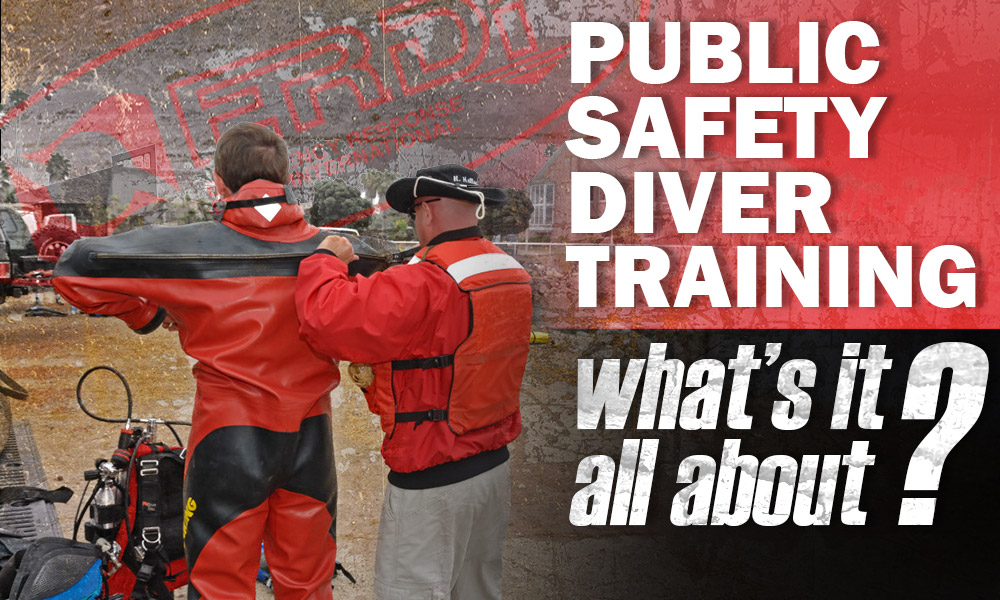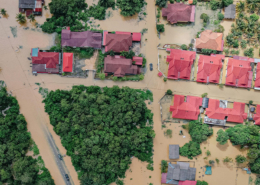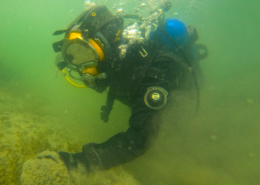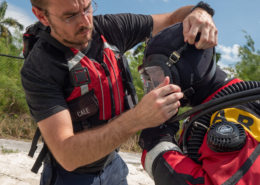Public Safety Training, What’s it All About?
By: Tanya Chapman
After spending a considerable amount of years training law enforcement, firefighters, military and other public safety personnel; transitioning to training other social groups has been a learning experience. There are subtle and not so subtle differences between the groups. While the training methodology remains the same the experience levels, as well as, the learning strategies employed are varied. In addition to breaking down the demographics based on occupational levels a distinction also needs to be made based on the age groups encountered.
We all are familiar with the generational differences present within training courses, the limitations of each groups and successful strategies to employ, resulting in dynamic and informative presentations. While each age group presents unique traits, specific techniques are used to effectively communicate with them. This needs to be further addressed when dealing exclusively with public safety groups.
Personnel within this categorization tend to be accustomed to structured schedules with minimal change. Providing them with a course schedule clearly detaling their responsibilities along with the course objectives and expected outcomes is preferential to approaching the course without structure. Most public safety personnel appreciate being informed early in the course the expected time each training day will end as well as anticipated daily breaks. Obviously, due to unforeseen circumstances, daily schedules must retain a degree of flexibility allowing adjustment. To the casual observer or uninitiated this preoccupation with schedules may be frustrating. However, the intent usually isn’t meant as such.
Most public safety personnel are grateful for any and all training they receive.
Due to budget or manpower restrictions faced by agencies training opportunities are not as prevalent as they should be. Many training opportunities occur with restrictions imposed on the personnel attending such as responding to emails, returning phone calls, and other issues which may happen during the person’s absence. By providing a set time each day for breaks the course participant knows when an opportunity to respond to these issues will occur. The result is a reduction in the interruptions experienced within the training day.
Attendees usually have a varying degree of experience and training within a specific course. Some may be well versed in current diving practices possessing advanced training certifications. While others may be limited to entry level certifications, structuring the course to allow for a wide range of training activities encompassing both extremes results in a well-rounded curriculum. Additionally, this minimizes the boredom which may be experienced by the most advanced member of the course and ensures the least trained person is not “left behind” by the more advanced techniques encountered. In the training world, the adage of not moving faster than the slowest person in class has profound meaning. Attending a course and not understanding the material, concepts or techniques presented is extremely frustrating and demoralizing for participants.
As an instructor, the role of imparting knowledge and ensuring students successful mastery of skills is paramount. At the conclusion of a class when reviewing course evaluations the last comment anyone wants to read is that an attendee felt as if the class was useless to them and a waste of time due to the instructor not identifying the different skill/knowledge levels of attendees and tailoring the course to accommodate each. Granted, the ability to perform this assessment may be limited and not feasible in all course offerings.
Public safety personnel tend to be strong willed, independent individuals
Public safety personnel tend to be strong willed, independent individuals who are faced with making critical decisions on a daily basis at work some of which may involve life or death situations. As such, if the opportunity exists to include their experience and opinions in the course is allowed a more diverse learning opportunity results. Don’t misinterpret this as allowing the course to devolve into nothing more than a sharing of “war stories.” Relevant examples of actual experiences are always strong teaching points; war stories which only embellish the actions of one person which only minimally relates to the subject matter being presented, not so much.
As most course participants are adults in this realm compared to the wide variety of ages present in the recreational scuba training world; a good reminder is to remember when explaining a concept to participants is to answer the question, “Why.” Why they are being asked to perform an action in a certain manner, what are the benefits to them of performing the action in the manner described; what risks are mitigated by the technique being taught. Many course participants in these courses are accustomed to performing tasks in the same way that they always have for a number of years. Those techniques may have been very successful for them over years. However, new techniques may be available now. Dictating students use the new techniques will usually be met with resistance while taking the time to explain the advantages of the new technique and allowing students to try them is met more receptively.
Teaching public safety personnel is an extremely rewarding segment of dive training.
It is one which requires some additional planning prior to a course and the ability to modify/revise a course as it is being delivered. It is not uncommon for a public safety dive team to be participating in a training course and receive notification of an actual incident occurring which requires their response. Public safety divers make an impact and difference in the lives of the others at critical times in extremely stressful situations. As an ERDI instructor, you are extremely influential in ensuring that the knowledge, skills and abilities of these personnel are adequate for their mission.


 Photo By: Defense Visual Information Distribution Service
Photo By: Defense Visual Information Distribution Service


 Y. ZIN
Y. ZIN


Hinterlasse einen Kommentar
An der Diskussion beteiligen?Hinterlasse uns deinen Kommentar!